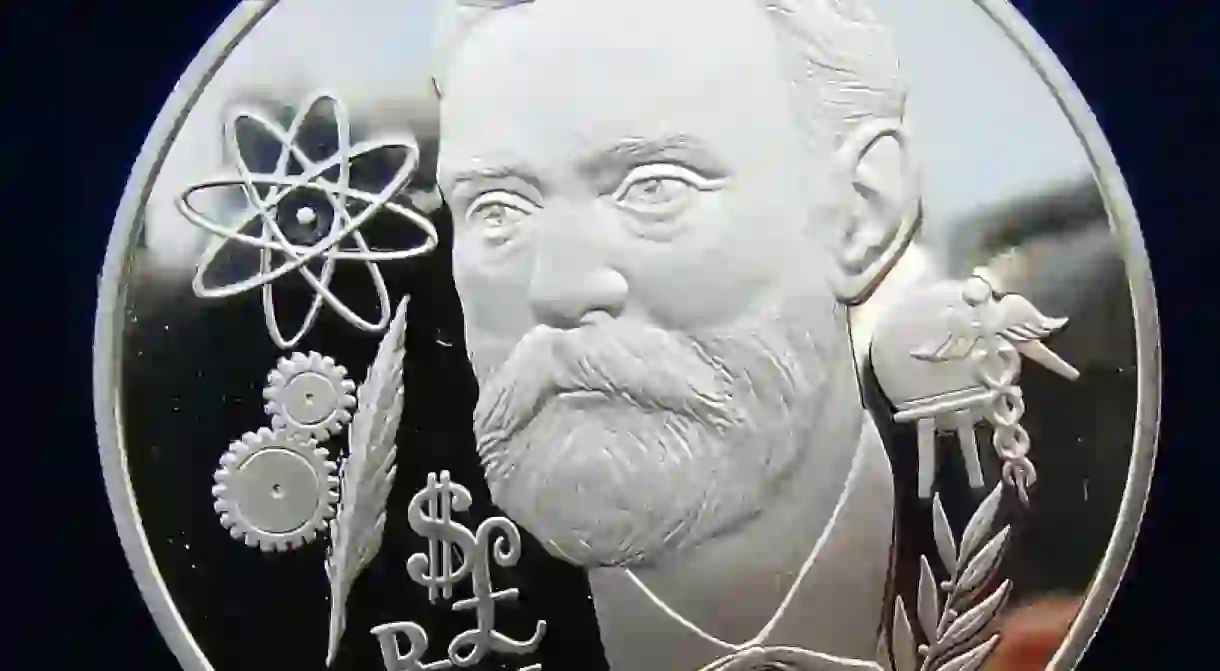The Story Behind Mexico's Three Nobel Laureates

Mexico has produced three Nobel laureates, the second-highest number in Latin America, behind Argentina, with five. The prizes were awarded to standout figures in diplomacy, literature, and chemistry. All of the laureates studied at the National Autonomous University of Mexico (UNAM) and also spent significant time in Europe. Here’s a guide to the extraordinary lives and minds behind Mexico’s three Nobel Prizes.
Alfonso García Robles – 1982 winner
The Mexican diplomat and former foreign minister Alfonso García Robles was awarded the Nobel Peace Prize in 1982, for his work promoting nuclear disarmament. Born in the steamy city of Zamora, Michoacán, García Robles originally wanted to become a priest, before deciding that he was better suited to a career in law. After completing his studies in Mexico and Europe, García Robles rose through the ranks of the civil service and eventually became state secretary to the Ministry of Foreign Affairs.
It was during this time that García Robles discovered his personal cause. Frightened by the Cuban missile crisis of 1962, he launched a campaign for nuclear disarmament in Latin America. Initially, he was met with disinterest, and representatives from neighboring nations regarded his cause with contempt. But his patience and powers of persuasion eventually paid off when 22 nations signed a treaty agreeing to disarm in 1967.
García Robles shared his Nobel Prize with the Swedish diplomat Alva Myrdal. Four years after his death in 1995, even Cuba, which had long resisted the cause, decided to sign the nuclear disarmament treaty.

Octavio Paz – 1990 winner
Poet and essayist Octavio Paz was awarded the Nobel Prize in Literature in 1990. Always prolific, Paz published his first collection of poems when he was just 17. He also worked in the diplomatic service and served as Mexico’s ambassador to India. The long, surrealist poem Piedra de Sol (‘Sunstone’) is widely regarded as Paz’s masterpiece. The circular structure of the poem was based on the Aztec calendar and it addresses themes such as romance, eroticism, and death.
The Swedish Academy remarked that this ”suggestive work, with its many layers of meaning, seems to incorporate, interpret and reconstrue major existential questions, death, time, love and reality.”
Paz’s most recognized work is his 1950 book of essays The Labyrinth of Solitude. The book provides an analysis of the modern Mexican personality, in which he reflects on fiesta culture and Mexico’s unique obsession with death.

Mario José Molina – 1995 winner
Mario José Molina, along with two other scientists, was awarded the Nobel Prize in Chemistry for uncovering the chemical processes that deplete the earth’s ozone layer.
This scientific discovery led to the Montreal Protocol, a crucial environmental treaty that phased out the use of CFC chemicals that erode the ozone layer.
Born in Mexico City, Molina was working at the University of California when he and his colleagues proposed that the use of CFCs in aerosols and plastic foams seriously damaged the ozone layer. The team were fiercely attacked by industry leaders and Republican politicians when they published their findings.
Yet the discovery of a massive hole in the Antarctic ozone layer in 1985 silenced many of the critics and sped up the negotiations that led to the Montreal Protocol. A 2015 study by the University of Leeds found that the Antarctic ozone hole would have grown by 40% in 2013. Instead, the report predicted that the Antarctic ozone hole would disappear around the year 2050.
“It is indeed very rewarding to read that the Montreal Protocol has already had a positive effect on our planet,” Mario Molina told Chemical and Engineering News in 2015.














